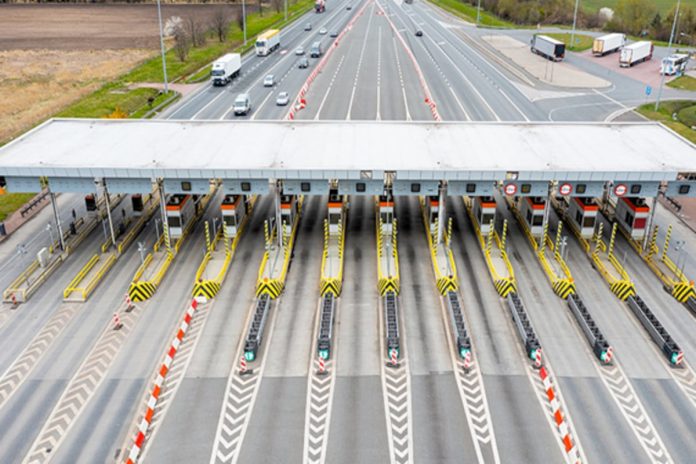As the world advances towards more efficient and seamless toll collection systems, India is at the forefront of revolutionising tolling infrastructure by adopting Global Navigation Satellite System (GNSS)-based tolling.
The National Highways Authority of India (NHAI) has issued a call for expressions of interest (EoIs) from global entities to implement a GNSS-based electronic toll collection system.
Spearheaded by the Indian Highways Management Company Limited (IHMCL), this initiative aims to enhance tolling efficiency and transparency while providing a seamless experience for highway users, reports Business Standard.
The introduction of GNSS-based electronic toll collection is poised to streamline vehicular movement on national highways. These include barrier-free tolling, enhancing the overall driving experience, and introducing distance-based tolling, where users are charged solely for the distance travelled on the highway.
How GNSS-based tolling works
NHAI plans to integrate the GNSS-based electronic toll collection (ETC) system within the existing FASTag ecosystem, initially adopting a hybrid model alongside Radio Frequency Identification (RFID)-based ETC.
The GNSS-based tolling system employs virtual toll booths to track vehicles entering and exiting tolled sections. Virtual gantries installed along the tolled road network interact with GNSS-enabled vehicles, removing the need for physical gantries.
These devices collect essential vehicle information, including registration number, type, and bank account details. As a vehicle passes through a virtual toll booth, the system automatically triggers tolling and deducts the appropriate amount from the user’s account.
Dedicated GNSS lanes will be established at toll plazas to facilitate smooth passage for vehicles utilising the GNSS-based ETC. The EoI seeks experienced and capable companies to develop robust toll charger software, crucial for the successful nationwide implementation of the GNSS-based ETC.
What are the advantages?
GNSS-based tolling allows for various charging schemes such as distance-based, time-based, or congestion-based tolling. This flexibility ensures a fair and efficient toll collection system tailored to different road users’ needs.
Compared to traditional toll plazas, GNSS-based tolling systems reduce the need for extensive roadside infrastructure. Virtual toll booths eliminate physical structures, resulting in cost savings and easier maintenance.
GNSS technology also offers a scalable solution that can easily expand to cover more extensive road networks or accommodate future traffic growth, adapting and scaling up without significant additional investment. With GNSS-based tolling, vehicles can travel without slowing down or stopping along highways and expressways, reducing traffic congestion and providing smoother journeys for commuters.
Challenges and way forwad
However, there are challenges to GNSS-based tolling. Precise location tracking is crucial for accurate toll calculations, and GNSS-based tolling relies on satellite positioning, which can be affected by signal interference or inaccurate readings in urban canyons or rural areas.
Additionally, installing GNSS devices in vehicles raises privacy concerns. Robust data privacy measures and regulatory compliance are essential to safeguard user information and address these privacy issues.
Successful implementation also requires standardised protocols and interfaces to ensure interoperability between different tolling systems and service providers. Establishing common standards will facilitate seamless integration and enhance user experience.
The transition from the existing FASTag system to GNSS-based tolling and ensuring compatibility with older vehicles is another significant challenge. The government must plan to equip older vehicles with GNSS technology for widespread adoption. Introducing a new tolling system also requires educating users about its benefits, functionality, and differences from existing systems like FASTag.
Raising awareness and providing instructions will ease the transition process and promote user acceptance.
As India embarks on this ambitious project to implement GNSS-based tolling, collaboration with global entities and technology providers will be crucial. The success of this initiative will transform India’s toll collection system and set a benchmark for other countries to follow.


